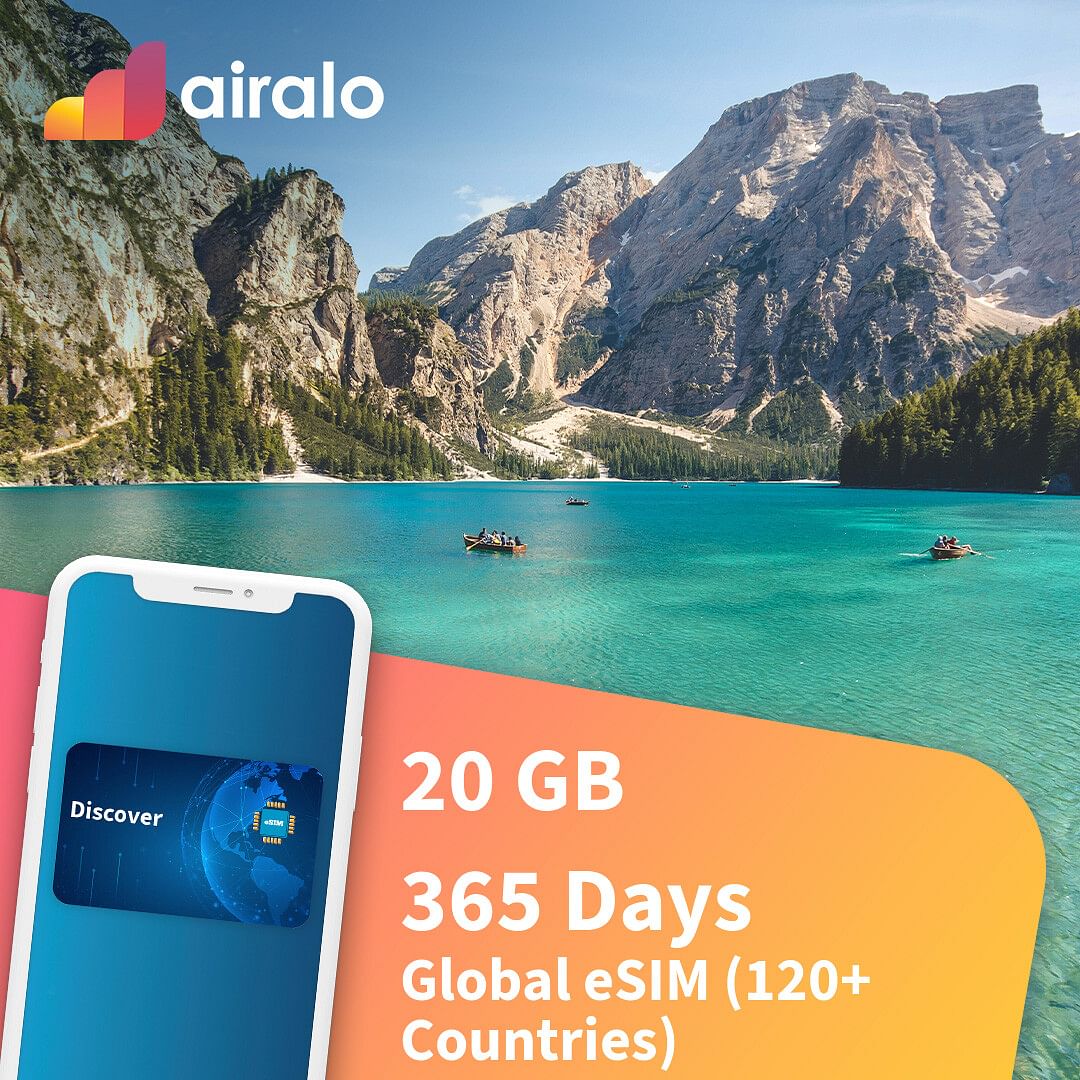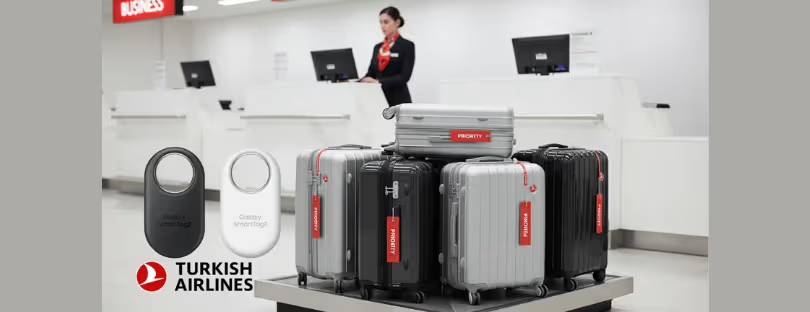
5 Ways Real-Time Weather Data is Changing Smart Travel
If you’ve ever had a flight delayed because of “unexpected weather,” you already know one thing: weather is the unofficial boss of all travel plans. And for decades, travelers were basically flying blind—checking a weather app the night before a trip and hoping it stayed accurate by morning.
Today? Not anymore. Real-time weather data has quietly become one of the biggest game-changers in smart travel. It’s the kind of tech upgrade you don’t actively notice, but you definitely feel the impact of—smoother flights, safer road trips, fewer surprises, and even better travel deals.
Let’s break down the five biggest ways real-time weather data is reshaping how we move around the world.
1. Flight disruptions are becoming more predictable (finally)
Airlines have always relied on weather reports, but real-time data is something completely different. We’re no longer talking about broad forecasts—this is minute-by-minute, hyper-local atmospheric info pulled from satellites, sensors, AI models, and radar stations.
For you as a traveler, that matters because airlines can:
- reroute flights before a storm forms
- plan alternative landing paths earlier
- avoid turbulence pockets using predictive AI
- adjust schedules with fewer last-minute shocks
Some airlines now send alerts hours earlier than they used to, simply because they actually know more, earlier. And those “weather-related” cancellations that used to come out of nowhere? They’re becoming less frequent because the data is no longer guesswork.
It doesn’t make weather magically disappear — but it does mean fewer surprises at the gate, and more time to react if your flight is affected. And honestly, that alone feels like a minor miracle.
2. Road trips are now (way) safer thanks to smarter route planning
Remember when a road trip meant printing out directions, checking the weather by city, and just hoping nothing strange happened in between? Yeah… no thanks.
Today, navigation apps tap into real-time weather layers to warn you about:
- incoming heavy rain
- icy or slippery road conditions
- strong winds on bridges
- storms that may impact visibility
- wildfire smoke or pollution changes
- flooding risks along your route
And it doesn’t stop at warnings. These apps now auto-adjust your route if something looks risky ahead.
Going through a mountain pass?
Your map might suggest a different road.
Driving across the Balkans in winter?
You’ll probably get a “snow chain area ahead — consider alternative route” alert.
Cars themselves are also becoming weather-aware. Some EVs adjust battery management based on temperature forecasts, and some navigation systems suggest charging stops based on wind and cold that could reduce range.
Weather isn’t just a backdrop anymore — it’s a data layer shaping the entire driving experience.
3. Outdoor travelers — your experience just got a major upgrade
Hikers, digital nomads, island-hoppers, skiers, sailors… basically anyone who doesn’t want nature to surprise them — this one’s for you.
Real-time weather data has completely changed outdoor travel planning:
🔸 Hyperlocal forecasts
You don’t just check “Barcelona weather.”
You check “Barceloneta Beach at 2 p.m.” and get micro-forecasts based on wind shifts, humidity, and cloud cover.
🔸 UV and air quality insights
This is huge for travelers in hot destinations or in busy cities where AQI matters.
🔸 Storm tracking
Cyclones, sudden storms, flash floods — you’re no longer finding out too late. Apps now push alerts the moment early risk factors appear.
🔸 Sea condition predictions
This one’s a game changer for Mediterranean travelers, sailors, surfers, and island ferry passengers. High waves, choppy conditions, or strong winds are detected hours before they become a problem.
The bottom line:
Outdoor experiences are now safer, smarter, and way more predictable — without you needing to research 10 different apps.
4. Hotels, airlines, and travel operators are using weather data to personalize your trip
This one is happening quietly in the background, but it’s massive.
Travel brands have started using real-time weather data to change how they communicate with you. Not in a creepy way—in a genuinely helpful way.
Here’s what’s already happening:
✓ Hotels adjusting room cooling/heating based on thermal forecasts
Energy savings for them → more comfortable rooms for you.
✓ Airlines sending pre-trip reminders tied to weather
“If you’re flying tomorrow, expect snow at JFK—leave early.”
✓ Booking platforms highlighting flexible dates
If the next two days look rainy, they’ll nudge you toward better alternatives.
✓ Tour operators proactively rescheduling experiences
Kayak trip canceled due to storms? Instead of telling you last minute, they detect it earlier and offer alternatives before you even ask.
✓ Travel insurance optimizing smart policies
Some insurers are experimenting with real-time weather-triggered compensation (e.g., if a hurricane causes delays beyond X hours).
It’s personalization with actual value—not the “we recommended a hotel because you searched for Croatia once” kind of personalization.
5. Smart travel gear now adapts to weather automatically
This is the part where travel tech gets genuinely fun.
We’re entering a world where your gadgets and tools adjust themselves based on weather conditions—without you touching anything.
Examples that already exist:
- Smart suitcases that warn you if extreme heat could damage electronics inside
- Wearables that alert you when humidity and heat increase dehydration risks
- Travel apps that adjust packing lists based on incoming temperature drops
- Drones that refuse to take off if winds exceed safe flying levels
- Solar chargers that calculate actual charging potential based on cloud density
- Smart umbrellas and jackets (yes, really) that give you “rain in 5 minutes” warnings
Even airlines use weather-driven weight and performance calculations when loading planes—and your seat belt sensor may ping more often if turbulence is predicted along your route.
Weather-aware tech is no longer futuristic. It’s already shaping the travel experience, quietly and constantly.
So what does this mean for smart travelers?
It means your entire trip — planning, movement, safety, comfort — is becoming weather-optimized.
You don’t have to be a meteorologist. You don’t need to obsessively check forecasts. You don’t have to wait for last-minute bad news.
Instead, smart travel now feels like this:
- You’re warned early.
- You’re rerouted automatically.
- Your plans adapt faster than the weather changes.
- Your gadgets help you more.
- And your stress levels stay much lower.
Honestly, it’s one of the best examples of travel tech working exactly how it should: quietly in the background, keeping you one step ahead of nature—while letting you actually enjoy the journey.
If this is where real-time weather data has already taken us, imagine what the next five years will look like.
Weather-aware hotel rooms?
Planes that auto-adjust their route mid-air using live turbulence maps?
Packing apps that talk to your airline?
We’re not far off.
Smart travel is evolving—and the forecast looks pretty bright.











